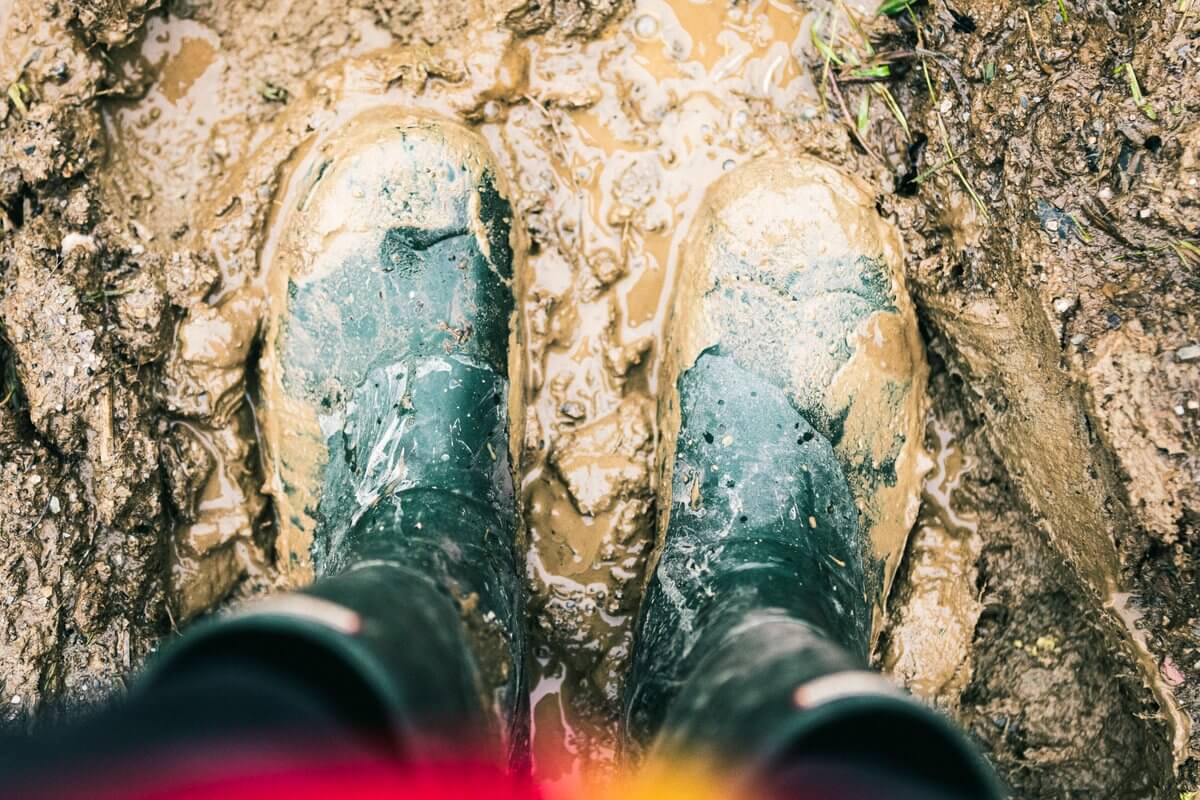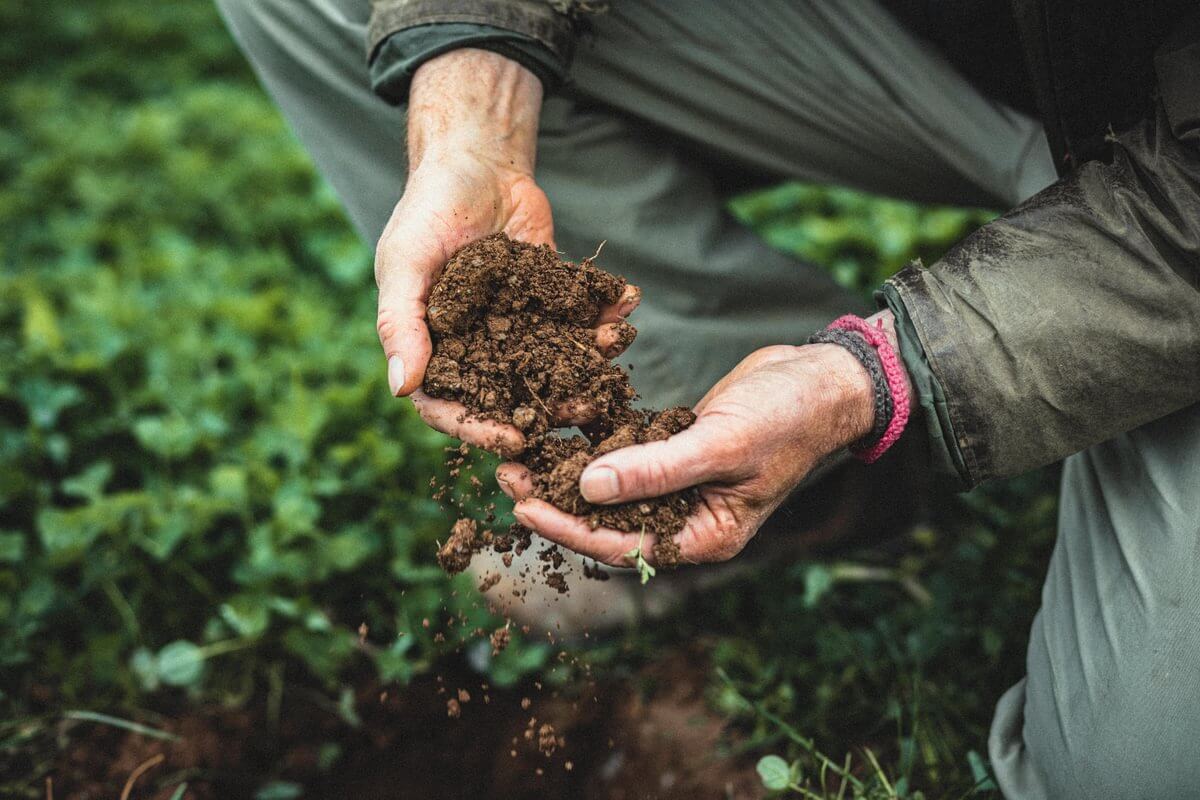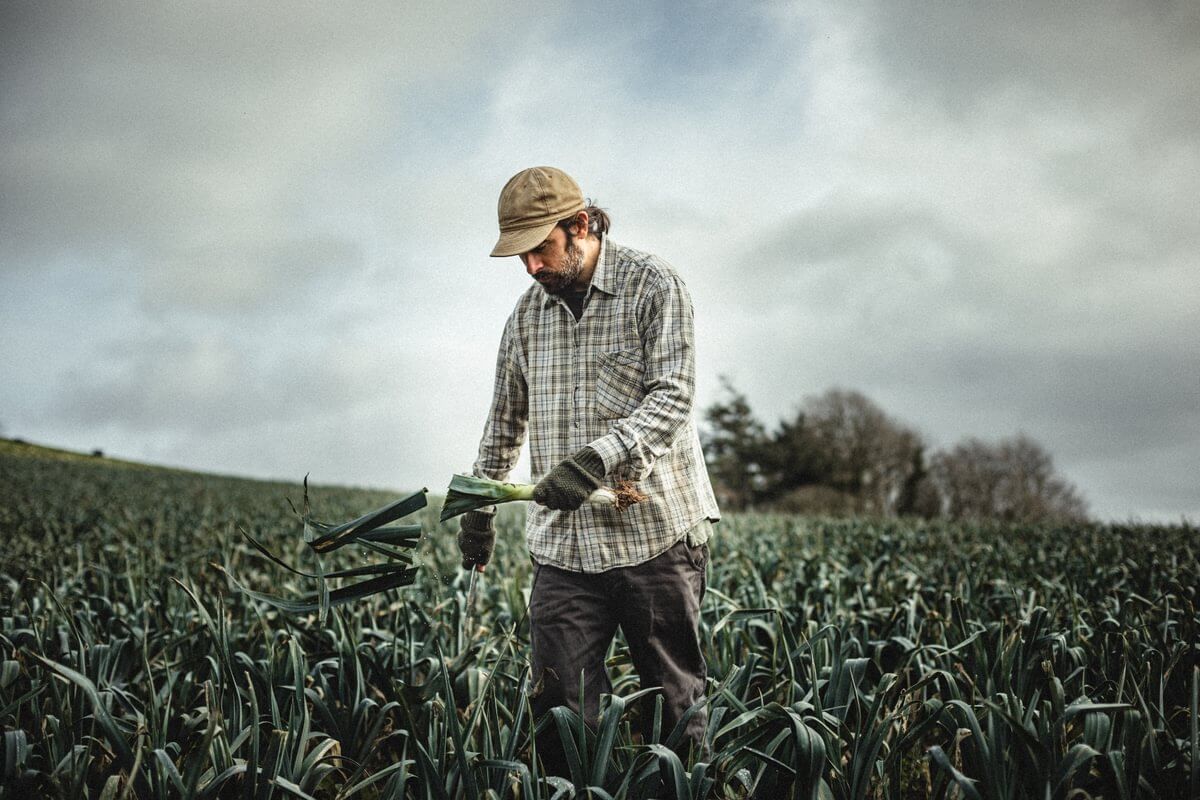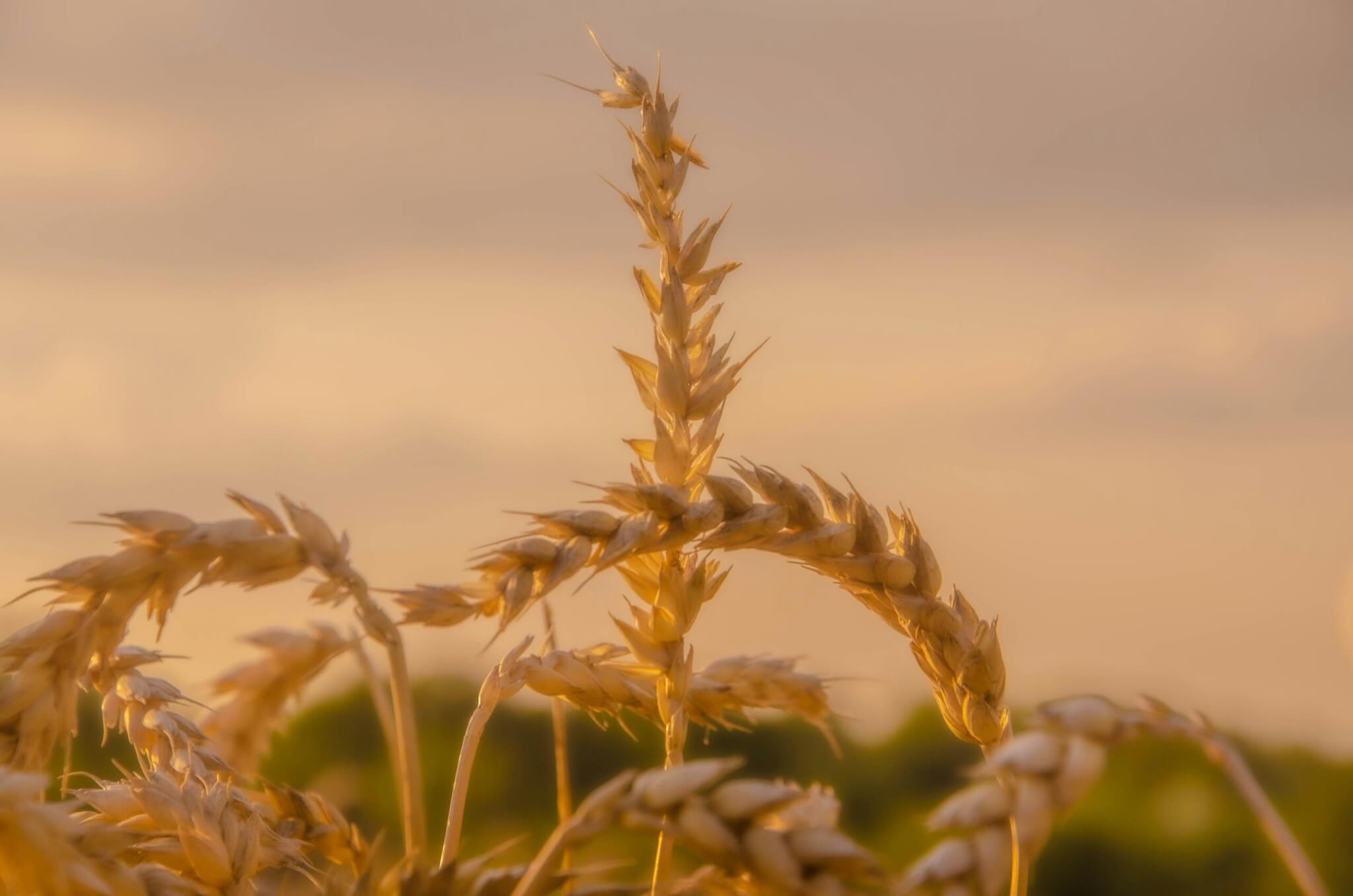The hedges are in leaf, but the rain is still relentless. We have planted virtually no veg. Some overgrown plants cannot wait any longer to go in the ground, and will have to be ditched. While we wait to be able to plant, we’re busy digging trenches and installing irrigation pipes. In the bottom of a sodden, collapsing trench, my fellow digger quipped: “It’s a shame the pipe doesn’t suck the water out as well.” Drought seems a long way off, but 35 years of experience – hoping for the best, then desperately trying to install irrigation as crops wilt in parched ground – has taught me the importance of having the system ready before the rains stop.
It generally takes longer and costs more to harvest a stunted, moisture-stressed crop. Pickers hate it, and quality is compromised. Increasingly, success as a grower is determined by the ability to control water: we must manage the excess, to stop it from eroding soil or depriving roots of oxygen in waterlogged ground – and also irrigate to avert the worst impacts of drought. In Devon, with our high average rainfall, many growers have survived without irrigation so far. That’s a fair bet for winter-maturing crops such as leeks, cabbages, and kale, planted in late summer, into a moist seed bed that will sustain them until the autumn rains. But with increasingly unpredictable rainfall, irrigation is essential for summer and autumn crops. After this wet spring, I think more growers will consider drainage on flatter farms, too. On our farm in the French Vendée, we’ve invested in both irrigation and drainage, removing the risks that come with dry summers and wet springs.
Or perhaps we will end up covering our farms in polytunnels. Over the last 30 years, British strawberries have moved from 90% grown in open fields, to 90% grown under plastic. Most are grown hydroponically in gutters, or in peat on tabletops. (Neither of these systems are permitted under organic certification, where crops must be grown in the soil – but we can use polytunnels.) The main drivers of the change have been ergonomic: picking at eye level, and ensuring a predictable supply by removing the vagaries of a British summer. The dry, clean, controlled environment will also facilitate the inevitable progress of robot picking. I question how much longer we will be able to find the dexterous, hardy, and admirably zen pickers we need for our leeks and kale, who are able to endure a winter outside in the pouring rain.
















0 Comments